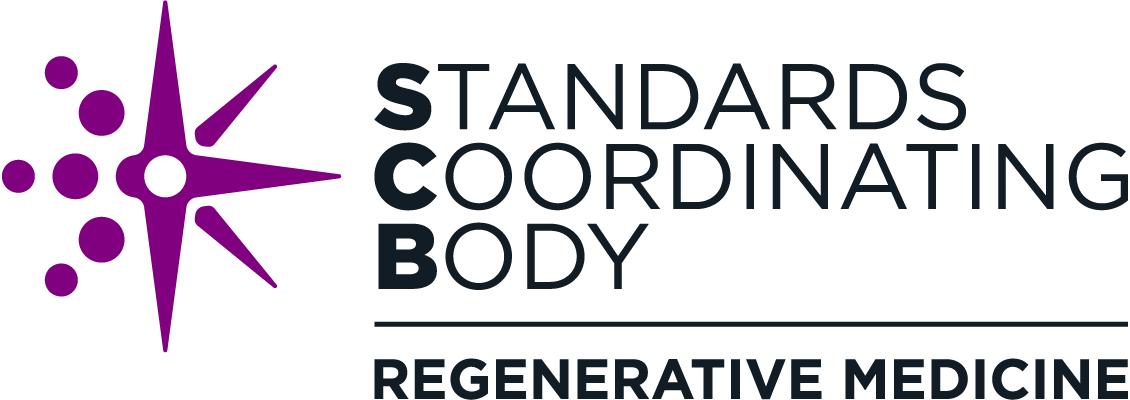Peter Reczek Joins SCB’s Growing Team as New Executive Director
On April 8, Peter Reczek joined the SCB team as our new Executive Director, bringing more than 25 years of experience leading technology programs in academia, industry, and government. Peter will support SCB’s mission by working with the Executive Committee and Board of Directors to lead SCB’s day-to-day activities and translate the organization’s strategic direction into action. We sat down with Peter to learn more about his past experience and his plan to execute SCB’s vision.
Q: How does your past experience translate to your role as SCB Executive Director?
I have a lot of experience starting companies and managing people and projects. On the technical side, I have used cell-based assays for drug discovery and development. Since I trained as a molecular biologist and worked in the labs that invented DNA sequencing, I also have broad-based experience in molecular genetics.
More specifically, as Executive Director of the New Jersey Commission on Science and Technology, I was a founder of the Interstate Alliance for Stem Cell Research, which, through the National Academy of Science, established the first guidelines for stem cell research funded through state tax funds. I was also on the Board of Advisors for the New Jersey Stem Cell Institute. At Bristol Myers Squibb, I initiated one of the first drug discovery programs in the United States—focused on drugs that stimulate stem cell activity.
Q: How did you become interested in working with SCB?
SCB provides me with the opportunity to leverage my experience to build a world-class organization aimed at improving the discovery and development of new medicines that help people. I like the idea of working in an organization where I can learn new things and a scientific area defined by cutting-edge technology.
Q: What are you most excited about achieving in your new role?
One of the most exciting aspects of working at SCB is the chance to work with talented people committed to making SCB stand out. In a very short time, our staff have proven they can do anything. Our Executive Committee and board members are strong representatives from the scientific and medical communities and have repeatedly shown their commitment to making SCB a great organization.
Our goals for the future start with that foundation and build on it. We need to strengthen our organizational structure to ensure we can sustainably support our global mission. We can do that most effectively by making sure our programs align with the needs of the medical and scientific communities, government agencies, universities, and industry.
Q: What do you see as the current trends or priorities in the regenerative medicine field that SCB can support?
All the areas in SCB’s mission represent the future of health care. These are exciting, revolutionary therapies that have capabilities beyond what we ordinarily consider the standards of treatment—they hold the promise of “cure” rather than just “treatment.” By coordinating the advancement of standards for research, development, and manufacturing, SCB will help ensure that high-quality regenerative medicine therapies are available to patients that need them the most.

